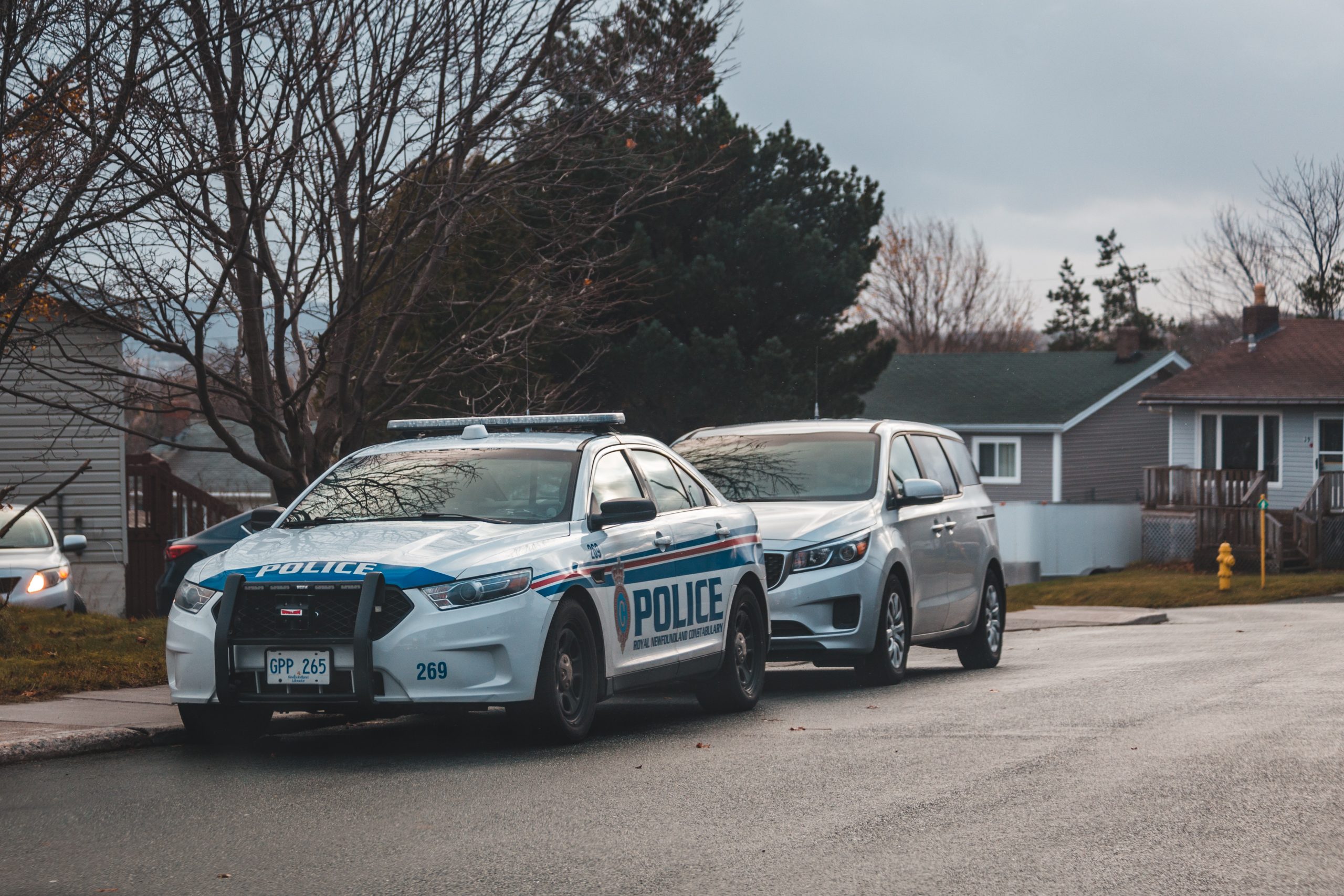Two New SJC Opinions Refine Long Decision on Suppressing Evidence from Racially-Motivated Stops
Considerable data shows that police stop Black people in the U.S. much more frequently than white people. At least some of these stops are motivated by racial profiling, implicit or explicit, in violation of the constitutional guarantee of equal protection. But how, in practice, can a Black defendant establish that the stop in his or her case was racially motivated—and use this fact to defeat a criminal charge?
The Massachusetts Supreme Judicial Court tackled this issue with respect to traffic stops almost three years ago in its landmark decision in Commonwealth v. Long. Pointing out that “discriminatory enforcement of traffic laws is not a minor annoyance to those who are racially profiled,” but can have humiliating and even life-threatening consequences, the SJC gave defendants the possibility of an evidentiary hearing in which to challenge a stop on equal protection grounds, as opposed to under constitutional protections against unreasonable search and seizure.
Long overruled an earlier decision, Commonwealth v. Lora from 2008, under which a defendant could suppress evidence from a traffic stop only by producing evidence (usually statistical in nature) “that similarly situated persons were treated differently because of their race.” The Lora court had characterized this burden as “admittedly daunting in some cases, but not impossible.” Twelve years later in Long, the Justices conceded that this demanding standard had in fact made equal protection challenges to traffic stops impossible. Under Long, the defendant’s showing need only concern the particular stop at issue. The evidence, moreover, may relate to the totality of the circumstances of the stop and need not include statistical analysis.
At a Long hearing, a defendant now bears the initial burden of presenting evidence establishing a “reasonable inference” that a traffic stop was motivated by race or another protected class. In order to be in a position to make this argument, a defendant can first move to obtain “reasonable discovery of evidence concerning the totality of the circumstances of the traffic stop,” including records about other traffic stops by the officers involved. If the reasonable inference of racial motivation is then established at the hearing, the government bears the burden of rebutting it; otherwise, all evidence from the stop is suppressed.
Although Long marked a significant step forward in principle, its practical impact has been limited, with few successful motions brought under its protocol. In two decisions released together last week, Commonwealth v. Robinson-Van Rader and Commonwealth v. Cuffee, the SJC held that Long applies to police stops of pedestrians as well as to traffic stops, crucially extending the earlier decision’s reach. At the same time, however, both decisions ultimately affirmed lower court rulings against defendants who had sought to use the Long procedure.
In Robinson-Van Rader, two Black men were stopped and frisked while walking on the street near an area where gunfire had been reported, leading to firearms charges. At a Long hearing, a mathematics professor gave expert testimony on the basis of twenty months of data that the police officers involved were five times more likely to stop Black individuals than white ones. The SJC agreed with the motion judge that this expert testimony raised a reasonable inference that the stop was racially motivated. It also agreed, however, that the government had adequately rebutted this inference with evidence of race-neutral reason for the stop, based on the information available to police about the gunfire incident, the location, timing, and a “barebones” description of the suspects (two Black men wearing black hoodies). The SJC admitted that the prosecution’s rebuttal to an equal protection argument under Long will often overlap closely with an argument for reasonable suspicion under search-and-seizure law.
The appeal in Cuffee, meanwhile, arose from an earlier phase in the litigation: a judge’s denial of a defendant’s pre-hearing motion for discovery. Cuffee requested essentially the same information granted to Robinson-Van Rader, namely two years of records about stops made by the officers involved in his pedestrian stop. But whereas Robinson-Van Rader’s discovery motion was accompanied by a detailed affidavit referring to published sources about discriminatory policing practices in Boston, Cuffee’s motion stated only that white officers had stopped a Black man to investigate a shooting. Merely pointing out that the defendant was a member of a protected class was not enough to make the “threshold showing” that the material would be relevant to a claim of selective enforcement, the SJC said. The court did emphasize that the standard is “minimal” and does not amount to requiring a defendant to establish a prima facie case of discrimination at the discovery stage.
Although the outcomes for the specific defendants were disappointing, the two decisions do signal how Long could be invoked more successfully—and by a much broader range of defendants—in the future. Going forward, defendants will need to carefully craft detailed discovery motions to obtain the information needed to prepare for the hearing. And—despite the SJC’s insistence that the equal protection and search-and-seizure analyses are separate—defendants who obtain a Long hearing must effectively be prepared to litigate the issue of reasonable suspicion in order to head off the prosecution’s race-neutral rebuttal. Although suppression hearings remain a very imperfect tool for addressing the deeply ingrained problem of racist policing, defendants now at least have a chance to speak out against police racism in court.
 Boston Lawyer Blog
Boston Lawyer Blog







